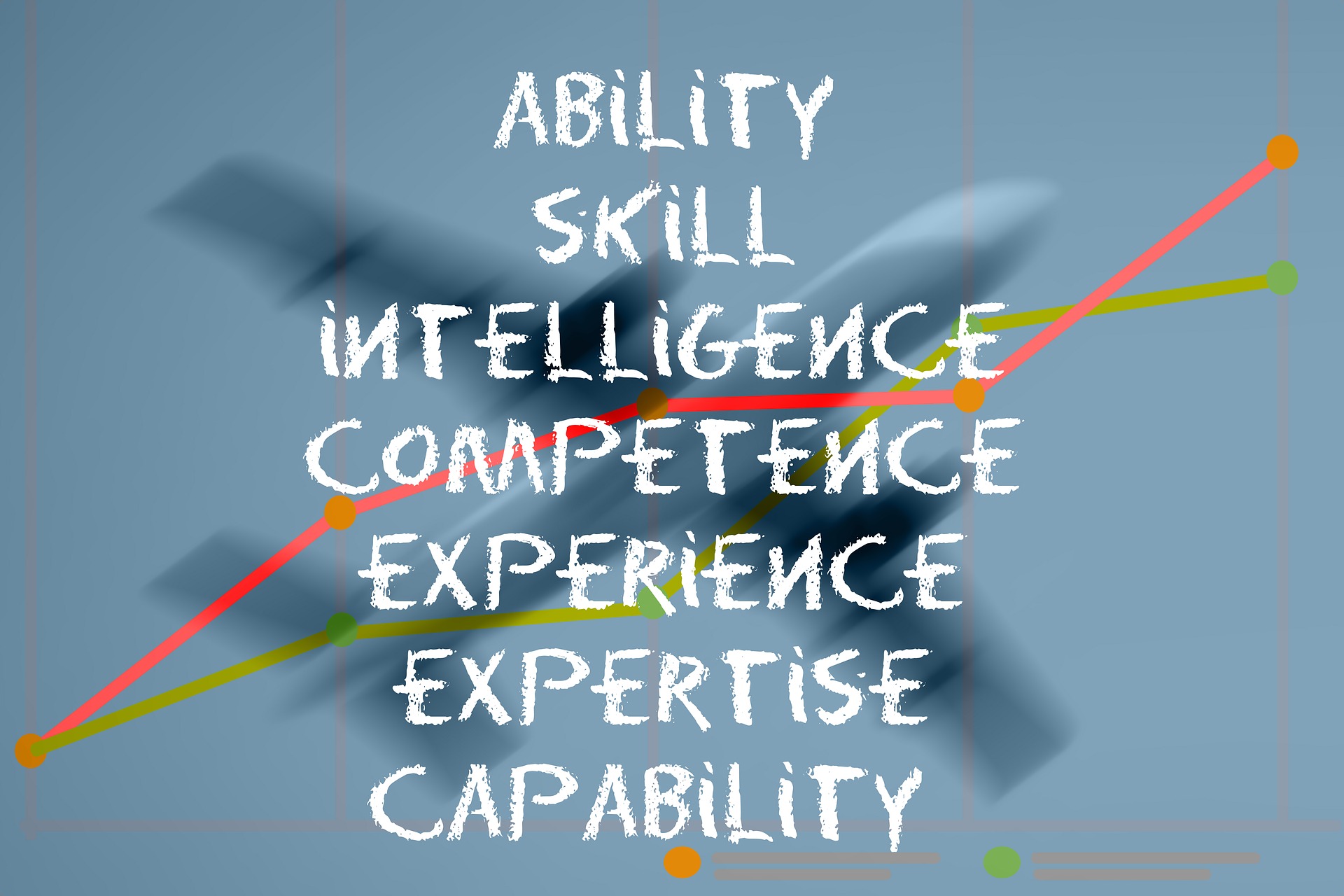Nyheter & Innsiktsartikler relatert til IT competence

Hvordan øke databasert verdiskaping i helsesektoren?
Stordataanalyse blir ofte fremhevet som en av de viktigste IT-baserte innovasjonene for organisasjoner i helsesektoren. Mulige fordeler inkluderer økt kvalitet på helsetjenester og reduksjon av feil og kostnader. Mange organisasjoner oppnår imidlertid ikke ønskede gevinster av deres investeringer i slik teknologi. Det er derfor viktig at helseorganisasjoner forbedrer deres evne til å utnytte stordata.
![]()

Kompetanse til IKT-personell
Studier viser at kompetansen til IKT-personell har betydning for organisasjoners evner til å utnytte teknologi for økt verdiskapning. Dette inkluderer organisasjoners evne til å oppnå samsvar mellom IKT-strategi og forretningsstrategi, og til utnyttelse av IKT for økt tilpasningevne.
![]()

IKT-avdelingens endrede rolle
IKT er i økende grad en viktig del av, og tilrettelegger for, produkter og tjenester, kunde- og leverandørforhold og forretningsprosesser i organisasjoner. IKT-avdelingens rolle blir av denne grunn utvidet til å omhandle sentrale forretningsfunksjoner- og strategier. Dette kan medføre behov for endringer i arbeidsprosesser, strukturer og kompetansekrav.
![]()
Information systems strategy IT competence Digital transformation